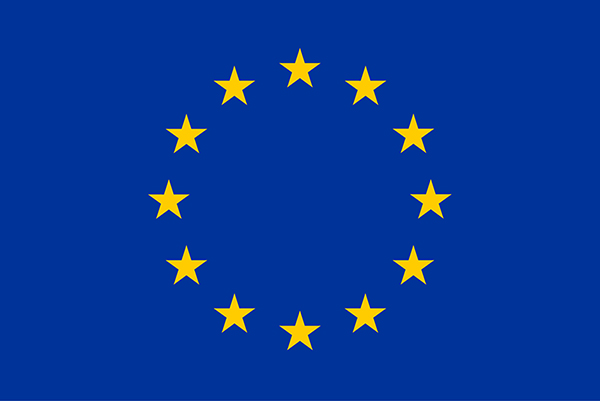
May 23, 2023
The Network, the "Hermes" of INTREPID system
The connection between all INTREPID modules.
INTREPID consists of many components, such as agents, modules, mobile phones, tablets and others that must exchange messages with each other. The agents are the First Responders, the drones, the UGVs and modules are the EAM (Environment Assessment Module), IAM (Intelligence Assessment Module), INMOS (INTREPID Mobile System) and others. Therefore the network is a very critical piece to the INTREPID project puzzle, it is the modern Mercury, the messenger of messages between INTREPID agents and modules. So it was designed to be stable, robust, scalable, reliable, and cheap to implement with off-the-shelf products.

Figure 1: The devices on the field, in an abandoned hospital, in Los Molinos.
Is only one antenna enough?
Α large disaster area could not be covered with a single antenna, (see Figure 6), so the solution of a network with many antennas that communicate with each other and act as a grid in the area of the disaster was chosen, this category of networks is called mesh.
How is the network equipment deployed?
In the case of an incident, the first responders are exploring the area and put the network devices in order to extend the coverage area of INTREPID network.
So, since we will use many antennas, how will they be connected?
There are various types of network architectures. The simplest one is the star where all the connectivity devices are connected through a central one (Figure 2). However, this approach is not the optimal one for INTREPID due to the way of network deployment (the First Responders have to know in advance where to put the central antenna, which is not possible since they are not aware of the incident area in advance) and the fact that a mal function of the main antenna will make the network not operable.
Thus, in INTREPID the mesh network approach has been chosen as the most efficient one. A mesh network is a group of connectivity devices, such as Wi-Fi routers and access points that act as a single network (Figure 2), so there are multiple sources of connectivity on the field instead of just a single router.
It is a communications network in which there are at least two pathways to each node. If one of the paths fails, the other is still available.
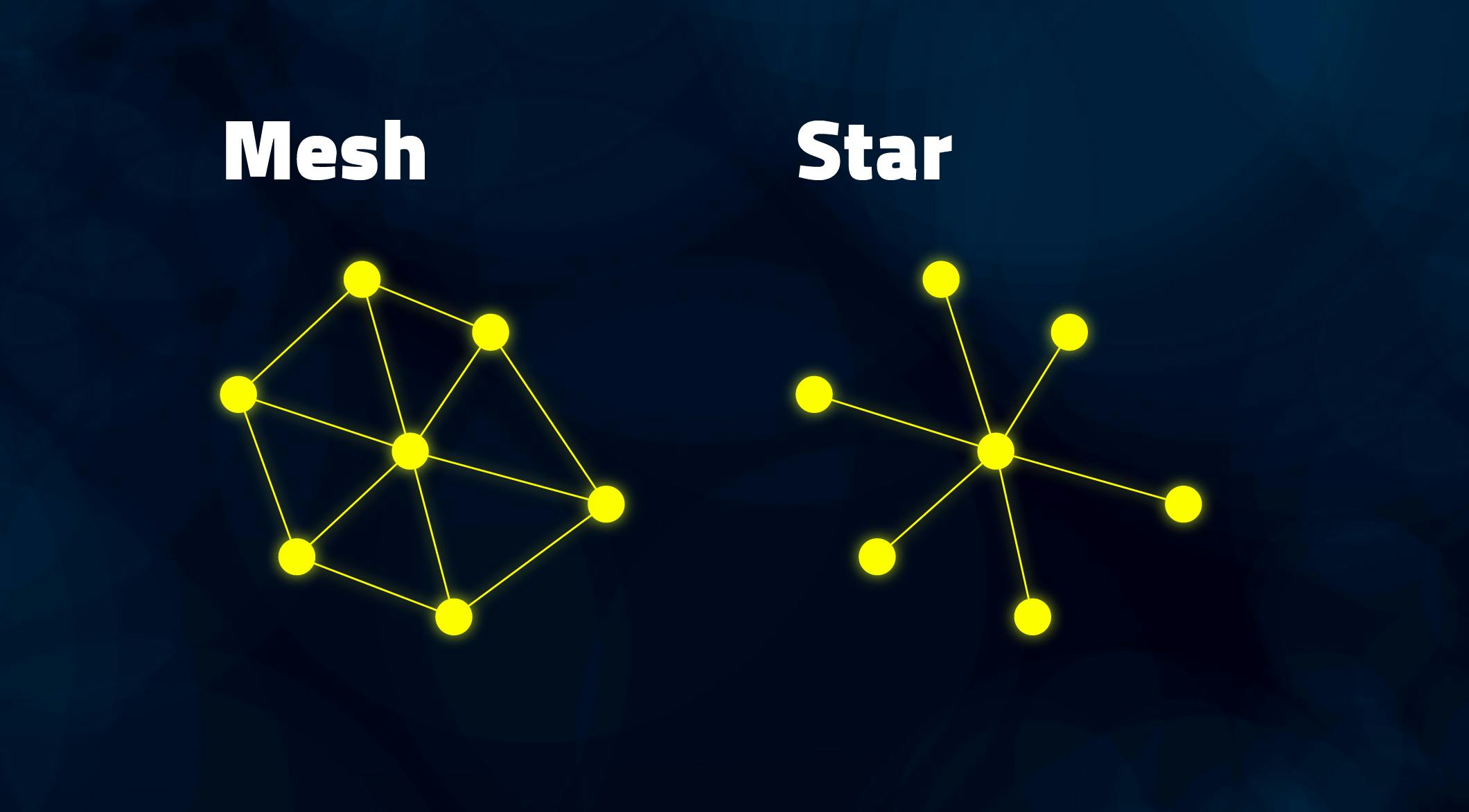
Figure 2: In a mesh network, there is more than one path to each node. In contrast, a star network relies on a central node to always be up and running.
Is this something big/heavy? Is it easy to deploy it?
The network consists of a central router, two switches (optional), and 13 range extenders (Figure 3). Since it is modular, more range extenders can be easily added depending on the needs of the pilot/incident area.
The central router and the two switches are placed and powered by the First Responders trucks while the range extenders are placed at the disaster-area by First Responders.
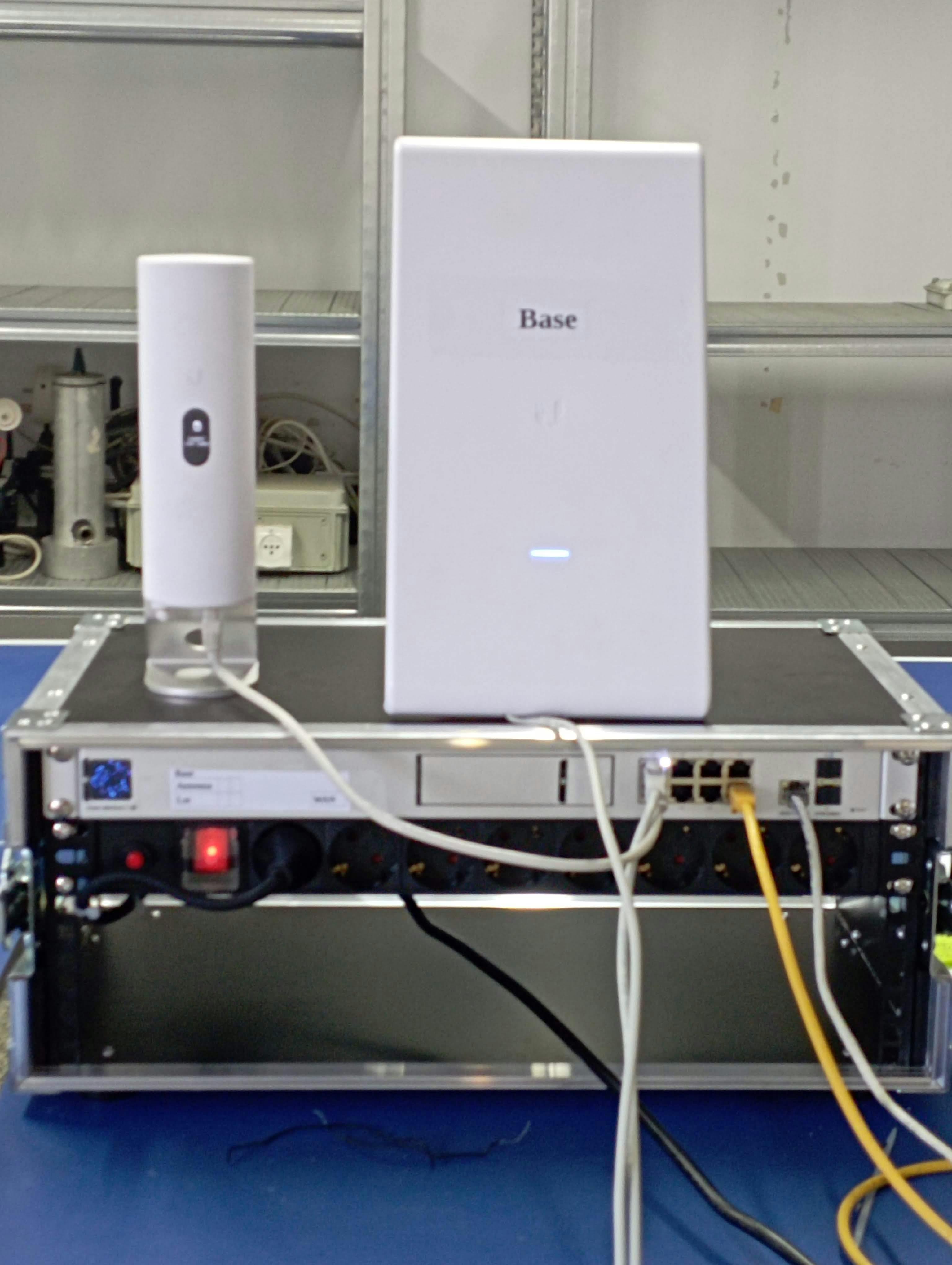

Figure 3: The network equipment, network base on the left, range extender with power bank on the right
First Responders as they move in the field, leave the range extenders along with their power bank (their power bank lasts 3.5 hours) which automatically connect to the rest of the network. This way the area that the network can cover is increased while at the same time its reliability is increase as well as more transmission paths are created for the messages. It should be noted that each range extender/power bank pair is very light since it weights ~ 400-500 gr making it very easy carrying and installing them.
Also, INTREPID network is able to connect to the internet through a landline or mobile network. The network consists of a central controller station, two smaller stations and 13 range extenders. All stations can be connected to each other wirelessly or by cable, also range extenders are connected wirelessly to the network. All stations and range extenders, as soon as they are supplied with power, automatically create a wireless net communication network between them, so that if an intermediate device is interrupted, the others will not be interrupted.
Which devices are connected to the INTREPID network?
The UAVs (drones) and the UGVs are equipped with sensors that capture and send information (RGB images, depth images, air quality, point clouds) which are send through INTREPID network to the INTREPID modules for further processing. Furthermore, INTREPID network supports the communications between First Responders and Command post
In general, INTREPID network can support any device that can connect to a 2.4Ghz or 5Ghz WiFi network, such devices are cell phones, tablets, UAVs, UGVs, laptops, push to talk devices and various sensors.
Has this network been tested?
This network has been tested in a real life test which took place at the sanatorio de la Marina, in los Molinos, in March 2023. First, the central router was placed on the police truck and then as the First Responders searched for victims placed in various points the range extenders to increase their radius of action. The final placement is shown in Figure 6, in red are the range extenders in the outdoor area, in blue are the range extenders on the ground floor, in yellow are the range extenders on the first floor and in green are the range extenders on the second floor. As the pilot area had many obstacles and expanded on several square meters, the use of the 2.4Ghz band was chosen. In many cases there is simultaneous transmission from different agents RGB-D (Normal video with depth information) image and RGB (Normal video), Figure 4, image without any difficulty. As can be seen in the photographs, the building is long and narrow, Figure 5, and with three range extenders per floor (spreaded in the corridors) and one between the floors on the stairs, Figure 6, the whole building was covered.
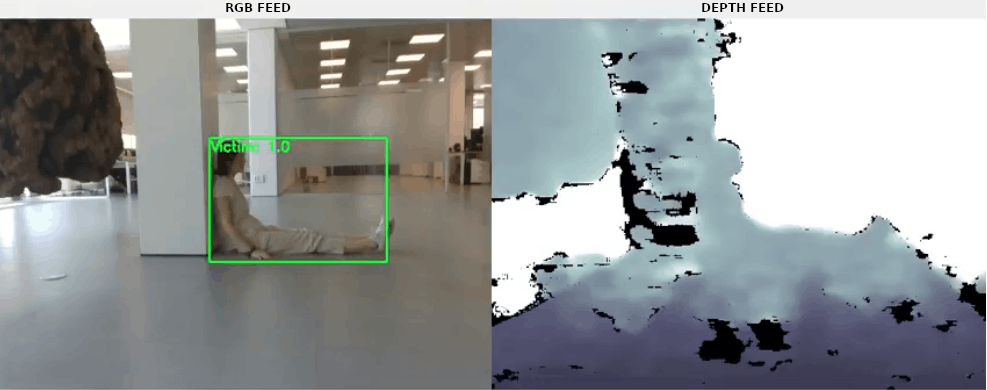
Figure 4: The RGB video on the left and the corresponding depth video on the right.
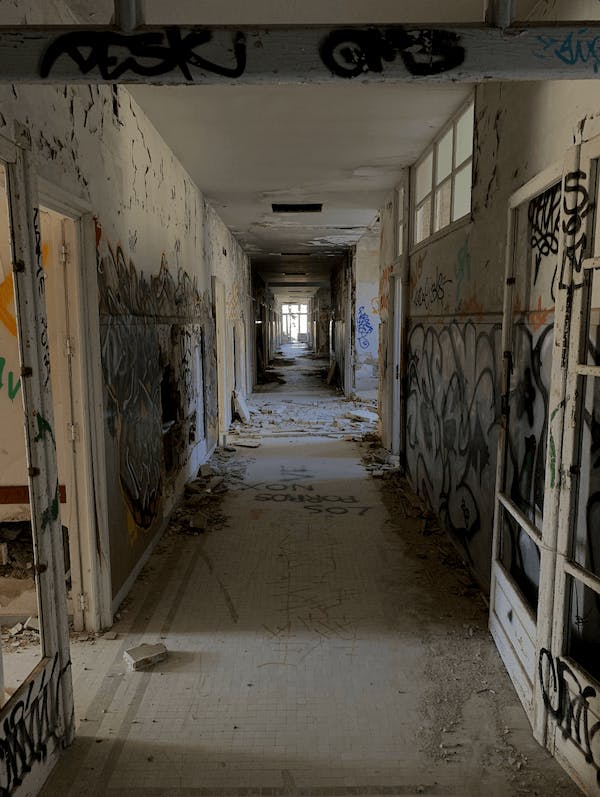

Figure 5: the interior of the building
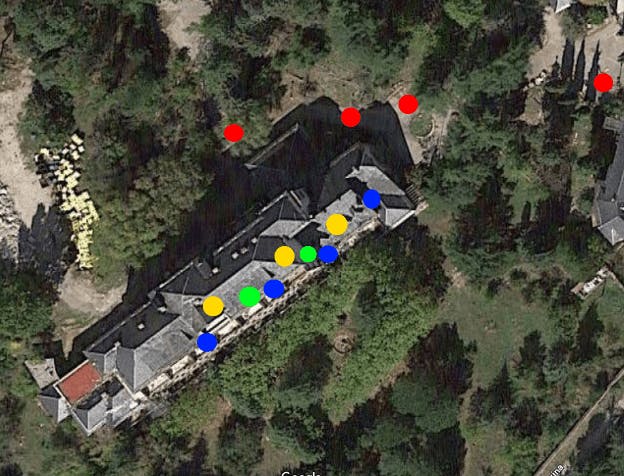
Figure 6: The arrangement of range extenders in the building and outside area.
The range extenders outside and the network base served the command post (EAM, IAM, INMOS and other INTREPID modules), the first aid tent and the police truck. The range extenders inside the building were spread by the First Responders as they proceeded to scan the building for victims of the disaster. Thus, the network was gradually created as defined by the project that the rescue teams needed.
Want access to exclusive INTREPID content? 💌 Subscribe to our newsletter! 💌




